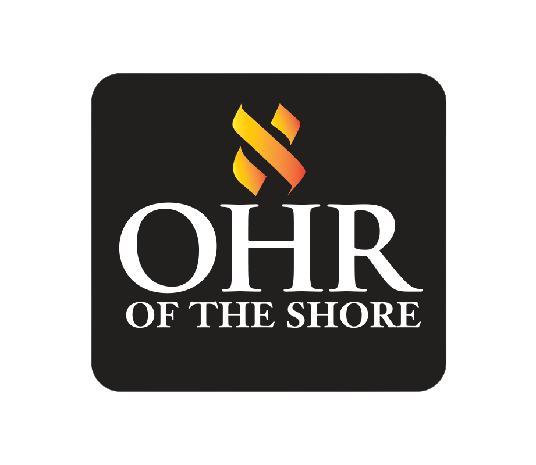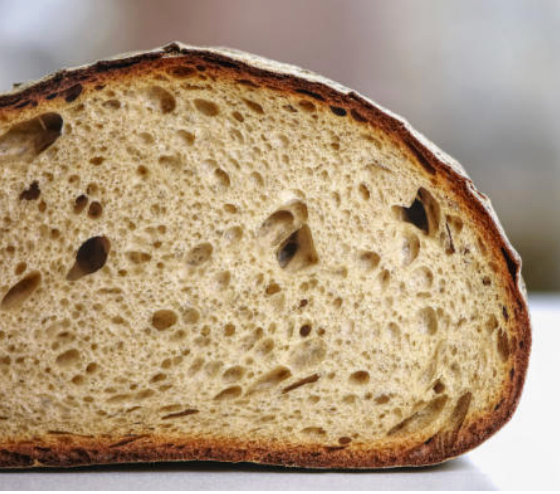Rabbi Hayim Asher Arking
Rabbi Ezra Ghodsi
Aseret Yeme Teshuva is an auspicious time to improve ourselves and reconnect on all levels to mitsvot. Most notably, Shulhan Aruch mentions that although throughout the year one can be lenient regarding Pat Yisrael, during Aseret Yeme Teshuva one should only consume Pat Yisrael. (Some explain that this is just one example of what we can improve upon; however, all upgrades and enhancements of mitsvot are recommended).
What is Pat Yisrael?
Pat Yisrael refers to bread baked with the involvement of a Jew, such as by turning on the fire. It is part of the group of food-related laws instituted by our Hachamim to avoid intermarriage. (There is also Bishul Yisrael which applies to the cooking/baking of foods, such as meat, chicken, rice, etc., whereas Pat Yisrael applies primarily to bread. Bishul Yisrael is more stringent, and for Sepharadim, turning on the fire does not suffice).
If the bread is prepared by a gentile, it can either be called Pat Akum or Pat Palter. The basic definition of these is as follows:
- Pat Akum: If a gentile baked an item in his house, it may not be eaten, even if all of the ingredients and oven are Kosher. The mere fact that it was baked by a gentile makes it Pat Akum. For example, if someone prepared a dough and her maid turned on the oven and baked it for her, it would be Pat Akum, and forbidden to eat.
- Pat Palter: There is a middle level called Pat Palter (i.e. bread of a baker), which refers to any bread that is baked to sell, like bread from a bakery. These will still require a Kosher marking to ensure all ingredients and baking facilities are Kosher. If it is difficult to find other bread, or if their bread is exclusively unique, Pat Palter would be permitted according to all.
What is the minimum that qualifies as Pat Yisrael?
Within Pat Yisrael there are two nuanced opinions regarding a glow plug, which is a 1500-watt heating stick placed in the oven that stays on continuously. Instead of a Jew actually turning on the fire, he instead turns on the glow plug, thereby heating the chamber somewhat. The Kof-K, cRc Chicago, Star-K, and others accept this as Pat Yisrael, whereas the OU and all Mehadrin hashgachot do not accept it as Pat Yisrael.
What about other items that aren’t ‘bread’?
Pat Yisrael applies to both bread and bakery items, such as cakes, pastries, etc. If made in a factory, without the involvement of a Jew, for example, Entenmanns, Oreos, etc., they would fall under Pat Palter.
Waffles and pancakes are also subject to being Pat Yisrael, even though they are made from a batter. On the other hand, pasta, ravioli, etc., are not subject to these laws, since they are cooked and are instead subject to the laws of Bishul Yisrael.[1]
How about alternate flour bread: are they subject to being Pat Yisrael?
Only breads made from the five grains (wheat, barley, spelt, oats, and rye) are subject to these laws. Tapioca flour, which is used to make gluten-free doughnuts (which are shehakol), is not subject to the laws of Pat Yisrael.
What about par-baked items?
Par-baked items that were prepared initially by a gentile may be completed by a Jew to be considered Pat Yisrael. However, one must be careful, as some frozen products are really fully prepared and merely need to be heated up. If a package says to heat the food for a minimal amount of time (such as two minutes), it means that it is fully baked and that it just needs to be heated up. However, if after being defrosted, it must still be baked for an extended amount of time (such as ten minutes) on 350 degrees, the baking process is being completed now, and it can still become Pat Yisrael.
[1] In regard to doughnuts, see our full article: https://ohroftheshore.com/blogs/halacha-faqs/faqs-halachot-of-doughnuts




